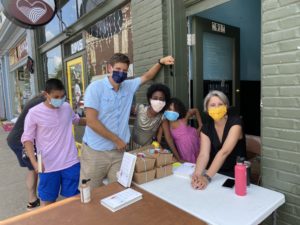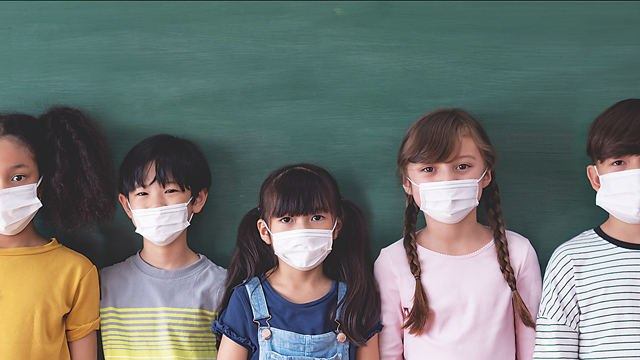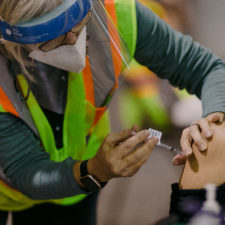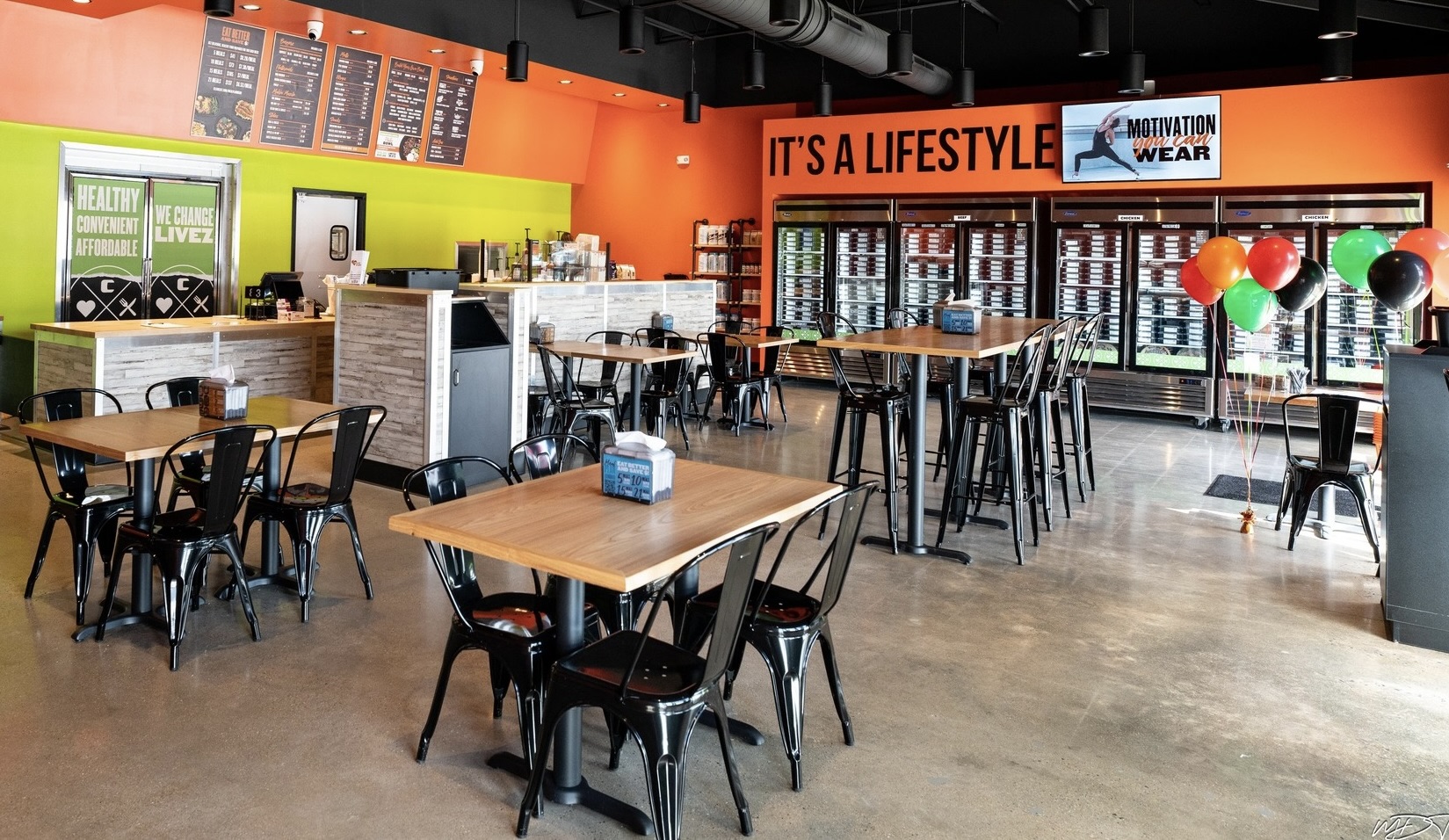It’s been nearly a year since COVID-19 prompted a shift to virtual learning for most schools. Now, as many students are getting closer to a return to the classroom, they may have some questions and concerns.
If you’re preparing to send kids back to school after months of learning at home, the following tips may be helpful for the whole family.
To reduce the spread of COVID-19 in the community, review prevention efforts.
Keeping COVID-19 at bay is as important as ever. An easy way to remember the key prevention measures is with the 5 Ws.
- Wear a mask (over your mouth and nose!).
- Wash your hands.
- Watch your distance – stay six feet apart from those who don’t live in your home.
- Wait until COVID-19 is behind us to gather in large groups for parties, concerts, etc.
- Whack COVID-19 by getting the vaccine when it becomes available to you.

Kids may benefit from practice wearing their mask, working their way up to the length of a full school day. It’s also a good idea to help them visualize the distance they’ll need to keep from classmates and teachers. Maybe it’s the length of the living room sofa or of their bed. Or, you can use a tape measure and two stuffed animals to give some perspective.
Also, plan to pack a back-up mask and hand sanitizer in your child’s backpack to use as needed.
Get comfortable in new routines.
Routines may have shifted a bit during virtual learning. Perhaps bedtimes were a bit later and mornings more relaxed. If this is the case in your home, gradually work to get everyone back on a normal school schedule. Allow time for packing lunches and snacks, checking for homework, selecting a mask and other tasks that weren’t on the radar during virtual learning. The more prepared and relaxed everyone feels, the better.
Perform daily health checks.
Speaking of routines, a daily health check is an important part of the morning schedule when kids are going to school in person. Look for signs of illness, such as a temperature of 100.4 degrees or higher, sore throat, cough, body aches, severe headache, diarrhea, or vomiting. If your child is experiencing any of these symptoms, they should not go to school.
Prepare for peer pressure.
There’s likely to be some peer pressure related to COVID-19 guidelines. Whether on purpose or simply because they’re not used to the different school environment, there will be kids who don’t wear their masks properly or follow the social distancing parameters. Remind your kids that the rules are in place for everyone’s safety and review how to handle pressure from their peers – addressing it assertively or alerting an adult. Be sure to emphasize and model these healthy behaviors when your family is out in the community as well.
Address anxiety as a family.
The pandemic has led to plenty of uncertainty and anxious moments. Even kids who are excited to get back into a school building may have some anxiety about doing it for the first time in a long time, and what changes to expect. Parents and caregivers may have their own triggers for worry.
Find ways to relax – maybe a brisk walk or intentional mindfulness. This will help get you in the right frame of mind to help your child. Keep the lines of communication open. Encourage your child to voice their feelings and validate what they say. Sticking with the routine as much as possible – including getting plenty of sleep – is helpful too. Dr. Bela Sood, child and adolescent psychiatrist, offers some additional tips for handling anxiety.
Work closely with the school.
Teachers and school counselors will have a unique perspective on how individual kids are handling the transition back to the school building. If you have concerns, check in! They may have input on what your child needs and specific ideas for how to help. They’ll probably appreciate your collaboration too.
If your child has a chronic medical condition like diabetes, we recommend a quick check-in with the school nurse to make sure you have ample supplies on hand and an opportunity to ask any questions you might have.
Have contingency plans.
Despite your best efforts, there may be unanticipated school closures or periods of quarantine when your child must stay home due to close contacts testing positive for COVID-19. It can be helpful to have a plan in place before this occurs. Are you able to work from home, take leave from work, or have another adult provide care for your child during that time?
While there’s a lot to think about and prepare for, going back to school marks an exciting milestone. Ask your child what they’re most looking forward to and share what you hope they’ll get to learn and do.
For more on COVID-19, including back to school information and vaccine updates, visit chrichmond.org/covid19.
________________________________________________________________________








